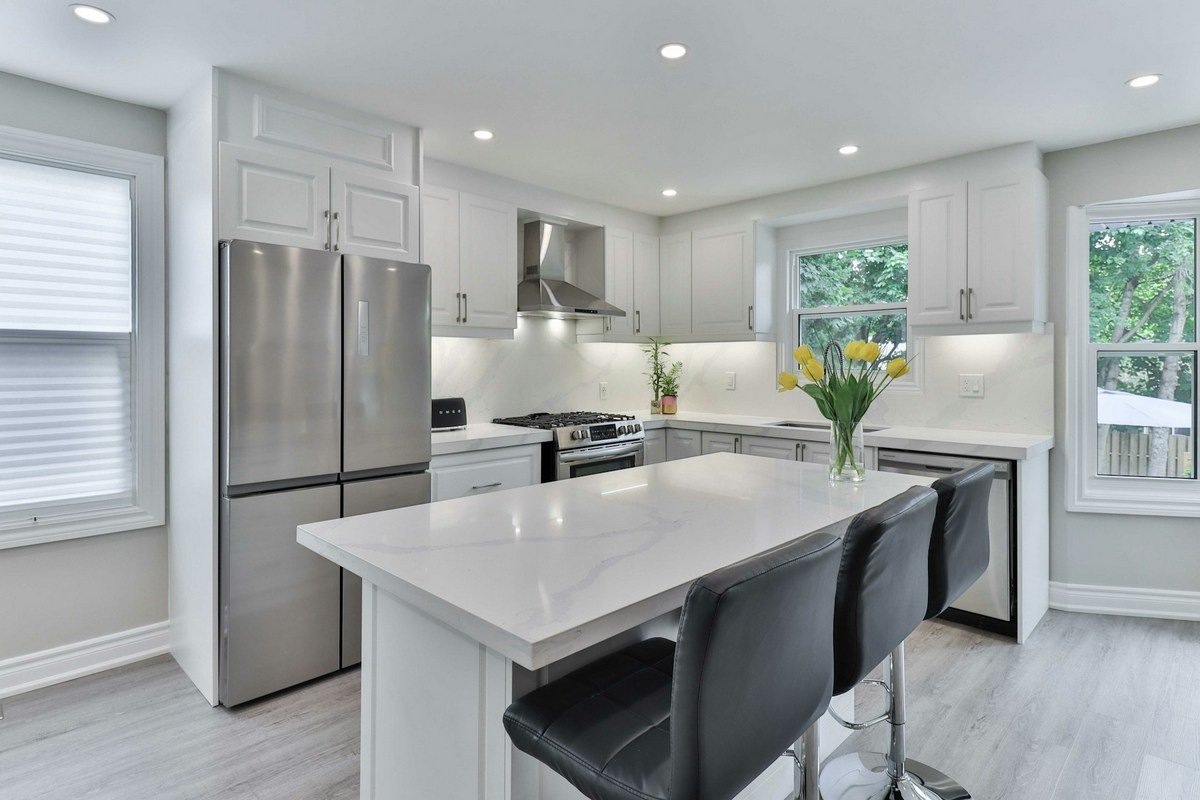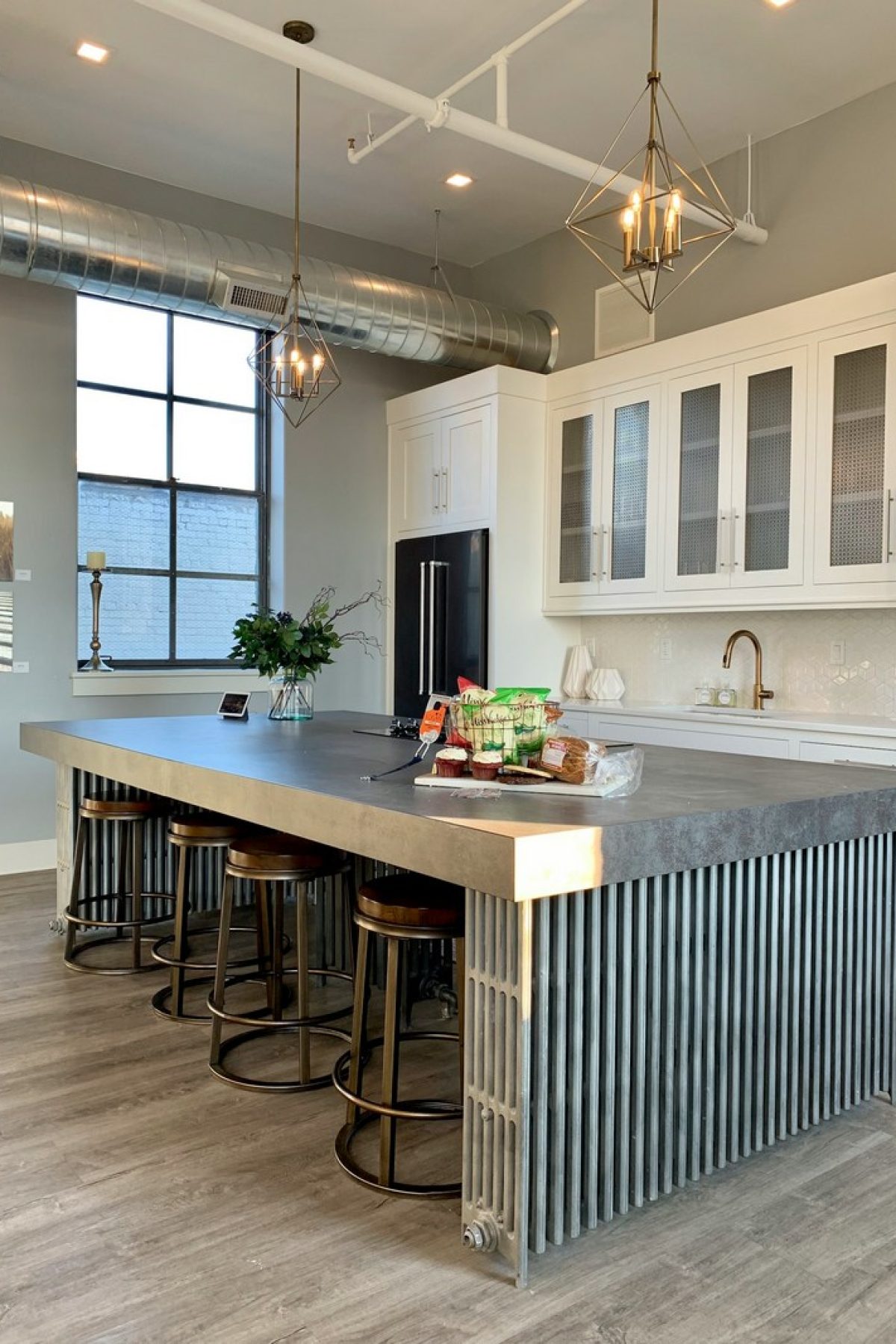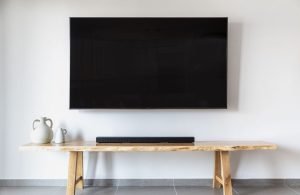Last Updated on July 11, 2025 by teamobn
Imagine this: you’re standing in your kitchen, coffee in hand, dreaming of a makeover. The centerpiece? A stunning benchtop that screams elegance, durability, and timeless style. But here’s the twist—do you go for the classic, veined beauty of marble, or the rugged, tough charm of granite?
Both materials bring their A-game, but which one truly deserves a spot in your home? Whether you’re after luxury, practicality, or just want a surface that can handle your most dramatic cooking moments, this ultimate face-off will help you decide.
Contents
Marble Benchtop vs Granite: Choosing the Perfect One for Your Home
Ready to uncover the pros, cons, and surprises of these two iconic contenders? Let’s dive in! Let’s explore the key differences to help you decide.
Appearance and Aesthetic Appeal
Marble offers a smooth, classic look with elegant veining patterns that create a timeless, luxurious feel. It’s ideal if you want a bright, polished finish that adds sophistication to your kitchen or bathroom.
Granite, on the other hand, has a more textured and natural appearance, with speckled patterns and a wide variety of colors. It often provides a bolder, earthy vibe that complements modern and rustic designs alike.
When deciding, think about the mood you want to create. Marble suits refined, traditional spaces, while granite works well in vibrant, dynamic settings. Choose the material that aligns with your vision and enhances your home’s style.
Durability and Strength
When it comes to durability, both granite and marble benchtops have strengths to consider. Granite is one of the hardest natural stones, making it highly resistant to chips and cracks. It can withstand heavy use in busy kitchens or areas with high activity.
Marble, while durable, is softer than granite and more prone to scratches or dents, especially from sharp objects. If you choose a marble benchtop, you’ll need to handle it with more care to maintain its appearance.
Both materials are strong, but granite generally stands up better to everyday wear and tear. Consider how you use your space and select the material that balances your style preferences with your durability needs.
Maintenance Requirements
Maintaining granite and marble benchtops requires different levels of care.
Marble is porous and more prone to staining, so it needs regular sealing to protect its surface. Spills, especially acidic ones like wine or citrus, should be wiped up quickly to avoid damage. Daily cleaning with a mild, pH-neutral cleaner helps keep the marble benchtop looking its best.
Granite is less porous and more resistant to stains, making it easier to care for. While sealing is still recommended, it doesn’t need to be done as often as marble. Granite can be cleaned with warm water and a gentle detergent.
Stain and Scratch Resistance
A granite benchtop is highly resistant to scratches and everyday wear. Its hard surface makes it ideal for kitchens where sharp tools and heavy items are often used. Granite is also less likely to absorb liquids, reducing the risk of stains.
In contrast, a marble benchtop is softer and more delicate. It can scratch easily, especially from knives or abrasive materials. Marble is also more porous, meaning it absorbs liquids faster, leading to stains if spills aren’t cleaned promptly.
Heat Resistance
Granite benchtops are highly heat-resistant and can handle exposure to hot pans or appliances without damage. Its natural durability makes it a reliable choice for busy kitchens where high temperatures are common.
Marble, while also resistant to heat, is more sensitive. Placing hot pans directly on a marble benchtop can cause discoloration or weaken the stone over time. To protect it, you should always use trivets or heat pads.
If you frequently cook and need a surface that withstands heat well, granite is the better option. Marble requires more care to prevent heat-related damage while maintaining its elegant appearance.
Cost and Budget Considerations
When it comes to cost, granite and marble benchtops fall into different price ranges.
Marble is often more expensive due to its luxurious appeal and the craftsmanship required to cut and install it. The price can vary depending on the type of marble and the complexity of your project.
Granite is generally more budget-friendly while still offering a high-end look. It provides excellent value for its durability and wide range of colors and patterns.
Keep in mind that both materials have additional costs for sealing and installation. If your budget is flexible, marble benchtops offer timeless elegance, but if you want durability at a lower cost, granite benchtops may be the better option for your home.
Installation Process
Installing marble and granite benchtops involves different considerations. Marble is softer and more delicate, making it harder to cut and shape. Its installation requires skilled professionals to handle it carefully and avoid damage during the process. This precision adds to the cost and time required for installation.
Granite, being harder and more durable, is easier to cut and install in comparison. However, both materials are heavy and need proper support to ensure stability. Because of their weight and complexity, professional installation is necessary for both marble and granite.
If you want a hassle-free installation, granite might be the better choice. For marble, expect a more intricate process to achieve its signature elegant look.
Longevity and Resale Value
Granite is known for its exceptional durability, often lasting decades with minimal signs of wear. Its resistance to scratches, heat, and stains makes it a practical long-term investment. A granite benchtop appeals to buyers looking for low-maintenance, high-quality surfaces, which can positively impact your property’s resale value.
Marble, while equally beautiful, requires more care over time. Its softer surface is prone to etching and staining, which may affect its appearance if not properly maintained. However, marble’s timeless elegance can significantly enhance the aesthetic appeal of your home, attracting buyers who appreciate luxury.
Environmental Impact
Marble requires more energy to quarry and process due to its softness and delicate nature. This makes its production less eco-friendly compared to granite. Granite is harder and more durable, which means it often lasts longer and doesn’t need to be replaced as frequently, reducing long-term waste.
Both materials are heavy, so transporting them contributes to their carbon footprint. However, choosing locally sourced stone can minimize this impact. Additionally, both marble and granite are recyclable and can be repurposed for other uses.
Summary: Which is Right for Your Style?
Deciding between marble and granite benchtops depends on your design goals and lifestyle needs.
Marble offers a timeless, sophisticated look with its smooth surface and elegant veining. It fits well in traditional or luxurious interiors, adding a sense of refinement and brightness. However, its softer nature means it requires more care and may not suit high-traffic areas or households with heavy use.
Granite, on the other hand, is versatile and durable. Its speckled patterns and variety of colors make it a perfect choice for modern, rustic, or eclectic designs. A granite benchtop provides a bold and earthy touch while being highly resistant to scratches, stains, and heat. This makes it ideal for busy kitchens or homes where practicality is a priority.
Ultimately, marble is perfect if you prioritize elegance and are willing to maintain its beauty. Granite suits homeowners seeking durability and style without the need for constant upkeep. Choose the one that aligns best with your vision and lifestyle.






